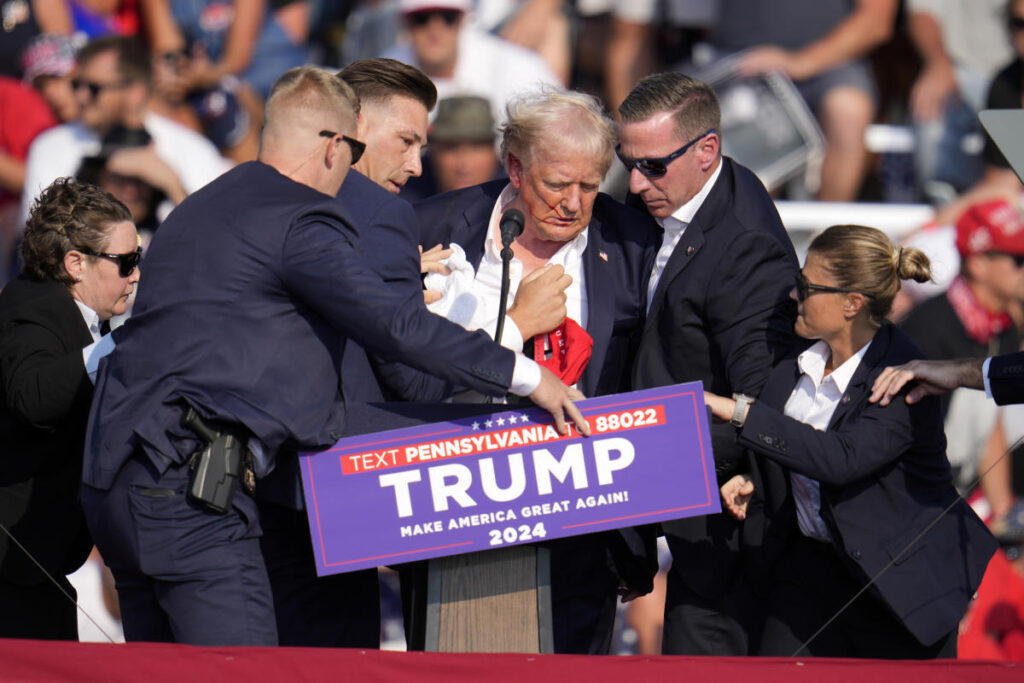The recent investigation by a bipartisan House panel into the July assassination attempt against former President Donald Trump highlights significant security failures at the rally held in Butler, Pennsylvania. The report, released on Monday, unequivocally states that the events leading to the shooting were “preventable and should not have happened.” On July 13, during this particular rally, Trump was shot in the ear, resulting in one attendee’s death and injuries to two others. The conclusions drawn by the task force indicate a troubling breakdown in communication and operational protocols among law enforcement agencies, especially the Secret Service, which is responsible for protecting high-profile individuals.
Central to the findings of the House task force is the critique of the Secret Service’s performance at the event. Lawmakers emphasized that there were critical lapses in communication between the Secret Service and local law enforcement officials. The report underscores how the security of the venue was inadequately managed, despite prior indications that it could pose risks. Thomas Matthew Crooks, the assailant, was able to evade law enforcement while demonstrating increasingly suspicious behavior, culminating in his unauthorized access to the roof from which he shot Trump. The implication is clear: if there had been a coherent and effective strategy for security involving better coordination among the various law enforcement entities, the attack might have been averted altogether.
The analysis provided by the task force draws on a vast array of evidence, including extensive documentation, numerous interviews with various officials, and intelligence briefings from the Secret Service and FBI. Despite prior investigations and reports documenting these failures—such as independent commissions and Senate hearings—this latest report reiterates that the Secret Service is primarily responsible for the lapses that allowed the tragedy to unfold. While specific individuals have not been named, the incidents have led to significant personnel changes within the agency, including the resignation of Secret Service Chief Kimberly Cheatle, who took responsibility for these failures.
At the heart of the report are criticisms of the fragmented lines of communication and unclear chains of command that contributed to the security breakdown. Lawmakers believe that multiple opportunities arose for law enforcement to address Crooks’s suspicious conduct at various points throughout the day. They assert that a better-aligned approach among federal, state, and local agencies could have led to earlier intervention and possibly prevented the shooting. The findings affirm that the tragic events of July 13 were not merely coincidental but rather the result of systemic deficiencies within the security apparatus.
In addition to assessing the July incident, the House committee has also begun looking into a subsequent assassination attempt involving Trump, where a man armed with a rifle was reported near one of Trump’s golf resorts in Florida. The committee’s investigations signal an ongoing concern regarding the security of political figures, particularly in the context of heightened risks and radical behaviors witnessed in recent years. This broader examination aims to develop comprehensive recommendations to avoid similar security oversights in the future.
The task force, which consists of seven Republicans and six Democrats, has emphasized the need for a thorough final report by mid-December to address these alarming security vulnerabilities. Their intention is not just to pinpoint failures but to contribute actionable solutions aimed at safeguarding political candidates and public officials against potential assassination attempts. The upcoming recommendations could be pivotal in reshaping security strategies and reinforcing the responsibility of protective agencies moving forward.

